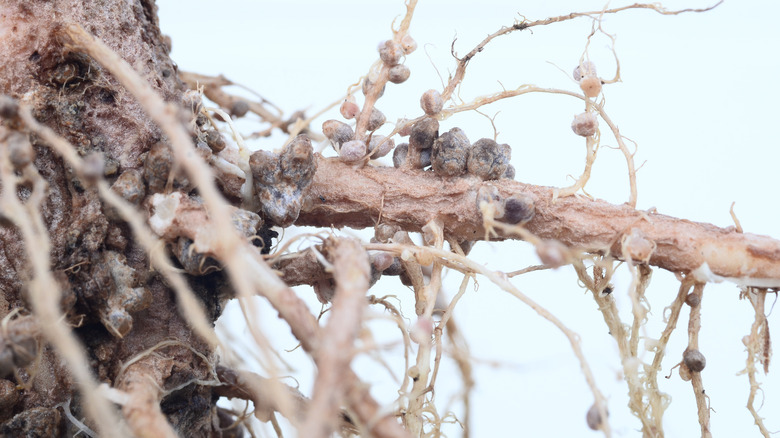When two things go together well, we often use the phrase, “they go together like peas and carrots.” However, if you’re a gardener, you could change this phrase to “they go together like peas and sunflowers.” Okay, it’s not as catchy, but true gardeners will get it. There are a few reasons peas and sunflowers make good planting companions. The sturdy stalk of a sunflower plant can provide a natural trellis for peas to climb, and since peas are legumes, they are nitrogen-fixers. These plants take nitrogen from the air and make it available in the soil, feeding the sunflowers.
However, when pairing these together, you cannot just choose any sunflower and pea variety. Some sunflower species only grow a few feet tall, and if they produce a lot of blooms, you may end up with a messy arrangement of vines and branches. Look for tall sunflowers like the mammoth variety or anything that should reach 5 feet or more. Also, some pea varieties grow as bushes instead of vines. You can still place those options between sunflowers, but you won’t need the trellising benefit of tall stalks. The key to growing sunflowers and peas together is timing. Sunflowers prefer warm weather, while peas fade in extreme heat. If you live where the summers reach over 85 degrees Fahrenheit, you’ll need to grow peas in the spring and fall. Here’s more on the benefits of this pairing and how to make their growing seasons work for you.
Benefits of planting sunflowers with peas

One reason sunflowers and peas work well together is because they have different nutritional needs. Sunflowers are heavy feeders — they require a lot of nutrients to produce their beautiful blooms. The fascinating nitrogen fixation process allows peas to take atmospheric nitrogen and turn it into tiny nodules on their roots, as pictured above. As the soil environment processes those nodules, they make that nutrient available to the sunflower, providing some slow-release nitrogen that supplements fertilization.
While peas grow best in consistently-moist soil, sunflowers are drought-tolerant, so they will not compete as much for water as some other thirsty plants would. Mature sunflowers with large leaves can also provide some shade for the peas and the surrounding soil. Reducing the temperature of the soil will help these cool-season crops produce longer, even as daytime temperatures rise. Those big gorgeous leaves also protect peas and surrounding plants from sunscald. Of course, the main reason we grow sunflowers is for their blooms. These gorgeous flowers are a favorite of bees and other pollinators, so attracting them to the area of your co-planted peas can help increase pollination rates for the best harvest.
How to plant these companions together
Although peas are frost-tolerant, sunflowers are not. To plant this combination, you’ll need to wait until the last frost date has passed to plant your sunflower seeds. When the seedlings are about 4 inches tall, plant four pea seeds around the sunflower that are 6 inches away from the base. As the sunflower gets taller, so will the pea vines, and they will grow together. Since you will need to harvest peas frequently, be sure to leave enough room between plant arrangements so you have access all the way around the plants. If you live in a region with moderate summer temperatures that do not often reach above 85 degrees Fahrenheit, you can plant sunflowers and peas together later in the season, or in the summer or fall.
In warmer climates, you can plant a fall crop of peas after the daily high temperatures are consistently under 85 degrees in your region. Of course, this only works if you have enough time for the crop to mature before the first hard freeze. Since larger sunflower varieties take up to 100 days to mature, you may not be able to plant them at the same time as peas, but all is not lost. The large stalks of sunflowers can be used as trellises for peas long after their blooms have faded. Remove the flower heads or leave them for the birds to enjoy, then plant your peas around the base of your sunflower stalks.